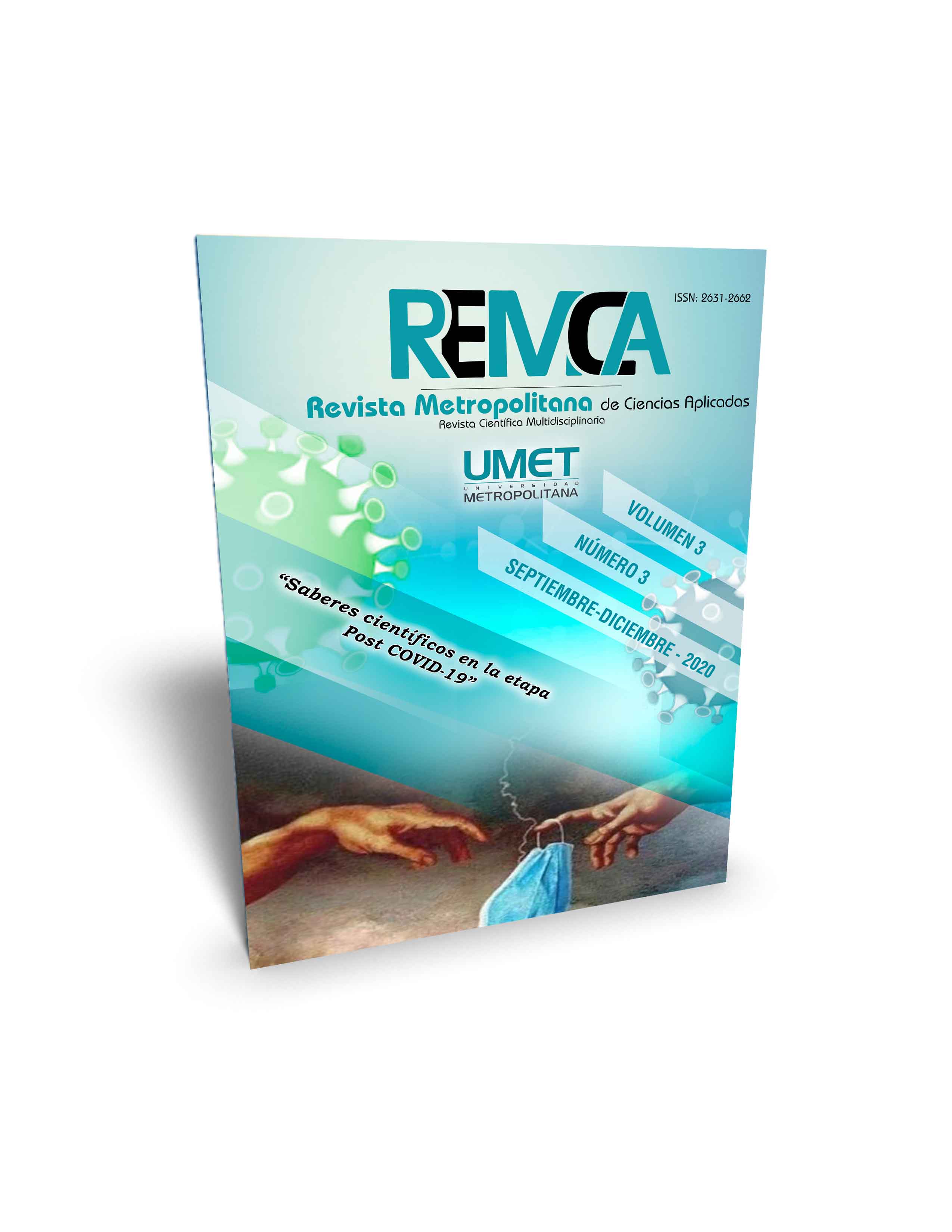The journal as an instrument to enhance the writing skill of the english language in university
DOI:
https://doi.org/10.62452/e0bp8j76Keywords:
Writing skills, journal, strategyAbstract
The ability to write in a foreign language is of a pivotal importance in this globalized world. Written communication plays a fundamental role in society as well as in the educational field. And even more, when new university regulations will sue students to approve the B1 level before graduating. The objective of this study was to explore the effectiveness of the journals as a tool to promote the development of writing skills on the first semester students of the University of Guayaquil, and to shed some light on the teaching and learning processes. To support this research, an epistemological position based on the constructivist approach was taken and a qualitative-quantitative methodology was used for data collection and analysis. In addition, a pre- and post-writing test was conducted, which allowed to compare the effectiveness of the journals. The results showed that the application of the journals as a pedagogical resource, helped to improve the level of students to write and that they are an effective tool within the classroom.
Downloads
References
Castellanos, J. (2008). Journal Writing and its benefits in an upper intermediate EFL class. Profile, 9(1), 111-128. Chuming, W., Ruiying, N., & Xiaoxiang, Z. (2000). Improving English through writing. Foreign Language Teaching and Research, 3(9).
Farrah, M. (2012). Reflective journal writing as an effective technique in the writing process. J. Res. (Humanities), 26(4).
Genesse, F., & Upshur, J. (1999). Classroom based education in second language education. Cambridge University Press.
Hiemstra, R. (2001). uses and benefits of journal writing . New directions for adult and continuing education, 90, 19-26.
Hyland, F. (1998). The impact of teacher written feedback on individual writers. Journal of Second Language Writing, 7(3), 255-286.
Hyland, K. L. (2013). Writing in the university: education, knowledge and reputation. Language teaching, 46(1), 53-70.
Muslim, I. M. (2014). Helping EFL students improve their writing. International Journal of Humanities and Social Science, 4(2), 105-112.
Sanz, G., Lomas, C., Tuson, A., Lennart, A., & Blomstrand, I. (2000). La escritura en la enseñanza secundaria: Los procesos del pensar y del escribir. Grao.
Tuan, L. T. (2010). Enhancing EFL Learners' Writing Skill via Journal Writing. English Language Teaching, 3(3), 81-88.
Villalobos, J. (2017). Uso del diario interactivo para fomentar la escritura en ELE: Volviendo al papel y al lápiz. Matices en Lenguas Extranjeras, (11), 45-75.
Downloads
Published
Issue
Section
License
Copyright (c) 2020 Claudio Federico Malo Toledo (Autor/a)

This work is licensed under a Creative Commons Attribution-NonCommercial-ShareAlike 4.0 International License.
Authors who publish in Revista Metropolitana de Ciencias Aplicadas (REMCA), agree to the following terms:
1. Copyright
Authors retain unrestricted copyright to their work. Authors grant the journal the right of first publication. To this end, they assign the journal non-exclusive exploitation rights (reproduction, distribution, public communication, and transformation). Authors may enter into additional agreements for the non-exclusive distribution of the version of the work published in the journal, provided that acknowledgment of its initial publication in this journal is given.
© The authors.
2. License
The articles are published in the journal under the Creative Commons Attribution-NonCommercial-ShareAlike 4.0 International License (CC BY-NC-SA 4.0). The terms can be found at: https://creativecommons.org/licenses/by-nc-sa/4.0/deed.en
This license allows:
- Sharing: Copying and redistributing the material in any medium or format.
- Adapting: Remixing, transforming, and building upon the material.
Under the following terms:
- Attribution: You must give appropriate credit, provide a link to the license, and indicate if any changes were made. You may do this in any reasonable manner, but not in any way that suggests the licensor endorses or sponsors your use.
- NonCommercial: You may not use the material for commercial purposes.
- ShareAlike: If you remix, transform, or build upon the material, you must distribute your creation under the same license as the original work.
There are no additional restrictions. You may not apply legal terms or technological measures that legally restrict others from doing anything the license permits.




